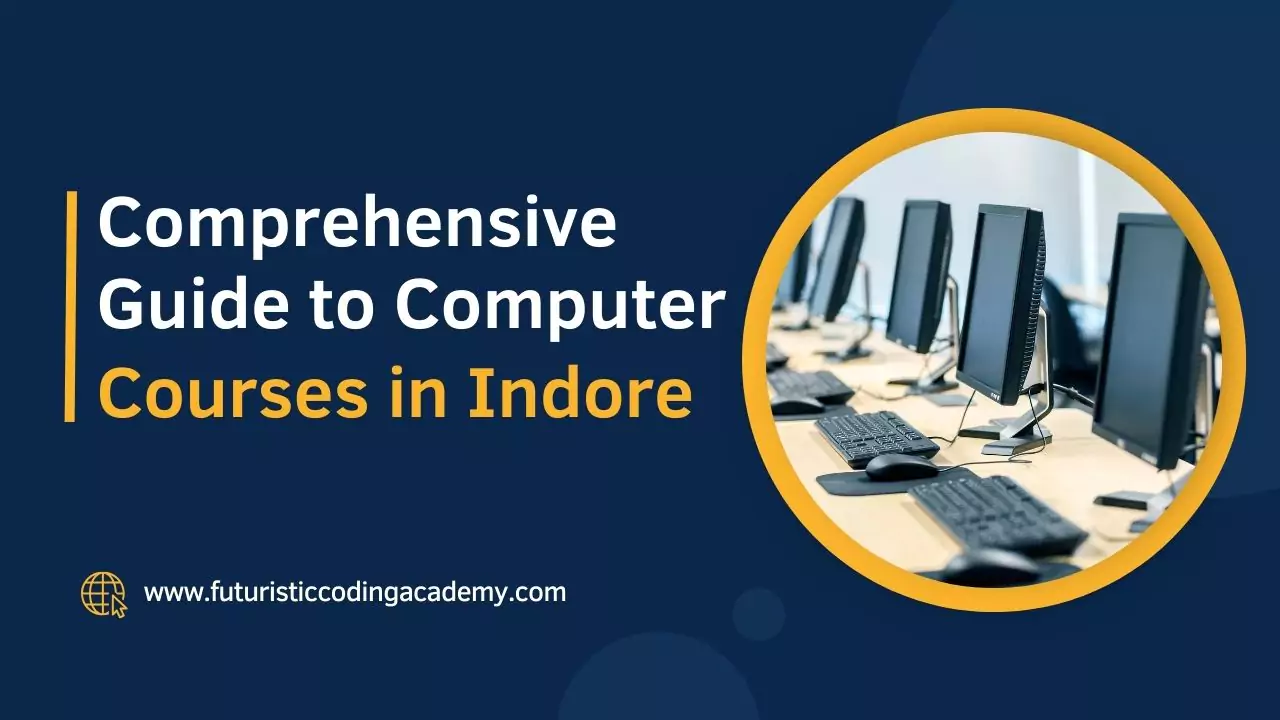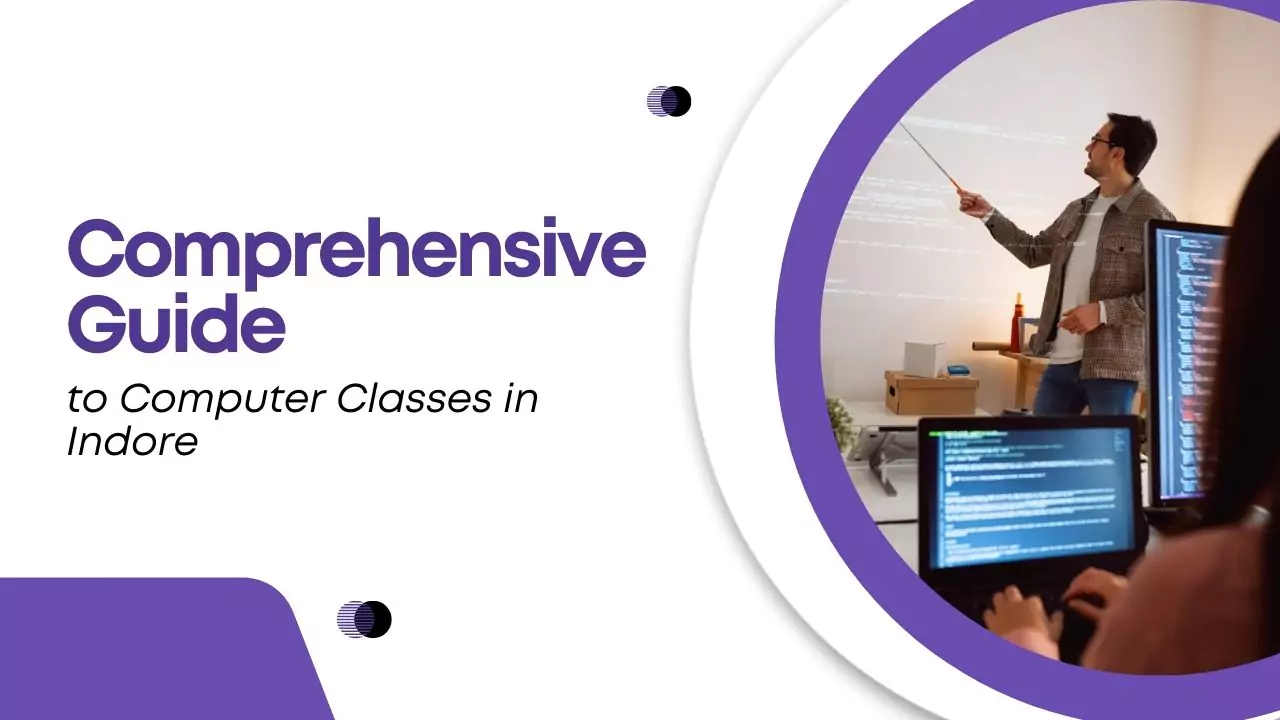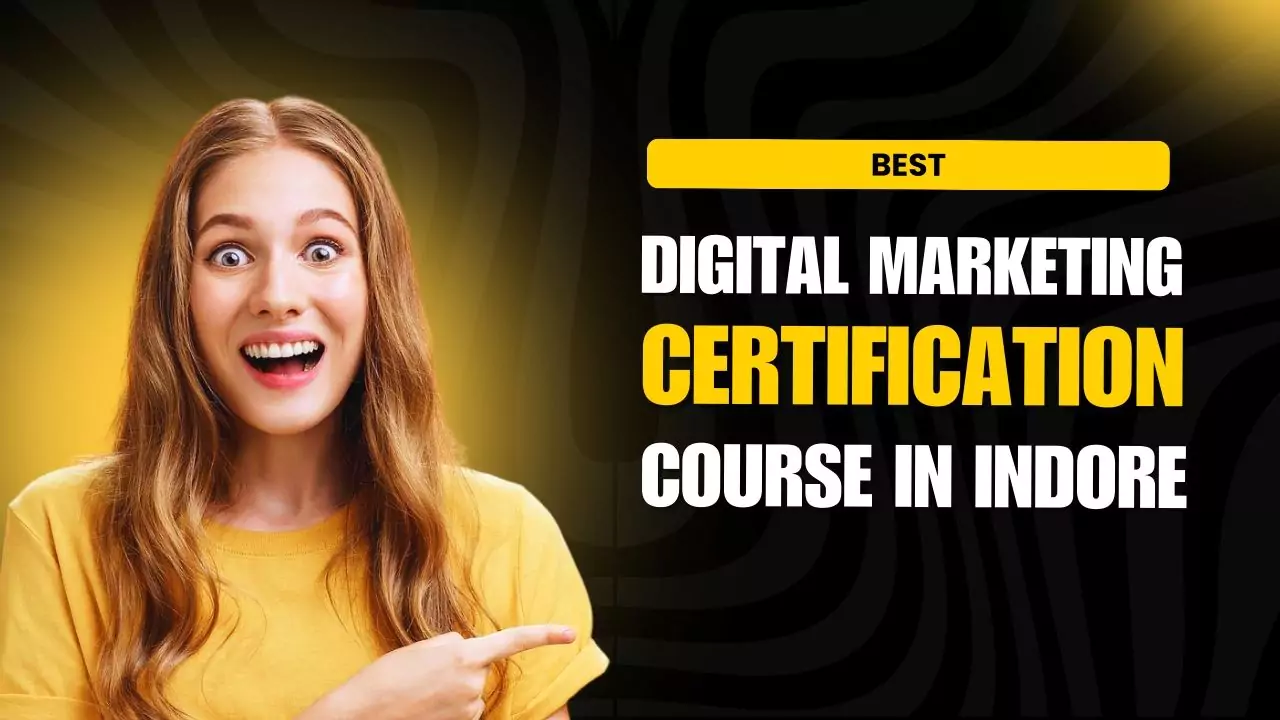In today’s fast-paced digital world, full stack developers are in high demand. If you’re looking to dive into the realm of web development, PHP remains one of the most popular languages to master. This comprehensive guide will take you through everything you need to know to become a proficient full stack PHP developer.
What is Full Stack Development?
Full stack development refers to the end-to-end creation of web applications, covering both the front-end (what users see) and the back-end (server-side operations). As a full stack developer, you’ll handle various aspects, including HTML, CSS, JavaScript, PHP, and database management (like MySQL).
Why is full stack development important?
Because it equips you with the skills to create complete applications from scratch, making you highly versatile in the job market. According to Indeed, the demand for full stack developers is projected to grow significantly, providing numerous career opportunities.
Why Choose PHP for Full Stack Development?
PHP is a server-side scripting language designed for web development. It is:
- Open-Source: PHP is free to use and has a vast support community.
- Platform-Independent: PHP works seamlessly across various operating systems.
- Efficient and Fast: Its performance is optimized for handling server-side tasks.
Statistics: According to a W3Techs survey, PHP is used by 77.6% of all the websites whose server-side programming language we know, showcasing its widespread adoption. 【source】
Setting Up Your PHP Environment
Step-by-Step Guide to Installing PHP
To start, you’ll need to set up a development environment:
- Install PHP: Download and install PHP from the official PHP website.
- Install MySQL: Use MySQL for database management.
- Code Editor: Choose an IDE like Visual Studio Code for efficient coding.
PHP Fundamentals Every Full Stack Developer Should Know
Familiarize yourself with the basics:
- Variables and Data Types: Learn about strings, integers, arrays, and more.
- Operators: Arithmetic, comparison, and logical operators are vital for writing functional code.
- Control Structures: Use loops (
for,while) and conditionals (if,switch) to control the flow of your application.
Check out our blog Full Stack Developer Skills for more insights into fundamental programming skills applicable across different languages.
Front-End Development in Full Stack PHP
Introduction to HTML, CSS, and JavaScript
The front end is what the user interacts with. Combining PHP with HTML, CSS, and JavaScript allows you to create dynamic and responsive websites.
- HTML: The backbone for web page structure.
- CSS: Adds style and design to your web pages.
- JavaScript: Adds interactivity, making your websites dynamic.
Building Dynamic UI with PHP
For dynamic content, PHP integrates smoothly with JavaScript frameworks like ReactJS and AngularJS. Learn how to use these frameworks to enhance the user interface.
Back-End Development with PHP
Using PHP for Server-Side Programming
In full stack development, PHP’s main strength lies in server-side programming. This is where you handle data storage, processing, and interactions with databases.
Working with Databases in PHP
PHP works seamlessly with MySQL to store and manage data. Here’s a basic example:
$conn = new mysqli("localhost", "username", "password", "database");
if ($conn->connect_error) {
die("Connection failed: " . $conn->connect_error);
}
Implementing Server-Side Logic
Learn how to build user authentication systems, process forms, and handle CRUD operations (Create, Read, Update, Delete) with PHP.
Explore our Full Stack Developer Course Syllabus for a deep dive into database handling. for more insights into fundamental programming skills applicable across different languages.
Popular PHP Frameworks for Full Stack Development
Choosing the right framework can significantly enhance your productivity.
- Laravel: Offers an expressive syntax and robust tools.
- Yii: Rich features for building complex applications.
- CodeIgniter: Lightweight and simple, perfect for beginners.
- Slim: A PHP micro-framework for building simple web applications.
Essential Tools for Full Stack PHP Developers
Development Tools
- Code Editors: Visual Studio Code, Sublime Text, and PHPStorm.
- Version Control Systems: Use Git for tracking code changes.
Best Practices for PHP Development
- Coding Standards: Follow PSR-12 for PHP coding style.
- Debugging: Use tools like Xdebug to debug your code efficiently.
- Security: Implement input validation and use prepared statements to prevent SQL injection.
Enhancing Your Skills as a Full Stack PHP Developer
Advanced PHP Concepts
- Security: Protect your applications against common vulnerabilities like SQL injection and cross-site scripting (XSS).
Becoming a Pro in Full Stack PHP
- Consider enrolling in a full stack PHP course. Explore our Full Stack Developer Course for a structured learning path.
Conclusion
Becoming a full stack PHP developer is an ongoing journey. This guide serves as a roadmap to get started and grow your skills. By mastering front-end and back-end technologies, you’ll be well-equipped to build powerful, dynamic web applications. Keep exploring, learning, and building projects to solidify your knowledge.
Ready to dive deeper into full stack development? Check out our Java Full Stack Developer Roadmap for a detailed learning path.
Frequently Asked Questions (FAQs)
1. What are the best PHP frameworks for beginners?
Laravel and CodeIgniter are highly recommended for beginners due to their extensive documentation and ease of use.
2. How do I secure my PHP applications?
Use prepared statements for database queries, validate user input, and keep your PHP version up to date.
3. How do I set up a local PHP development environment?
Use tools like XAMPP or WAMP to create a local server on your computer for PHP development.






